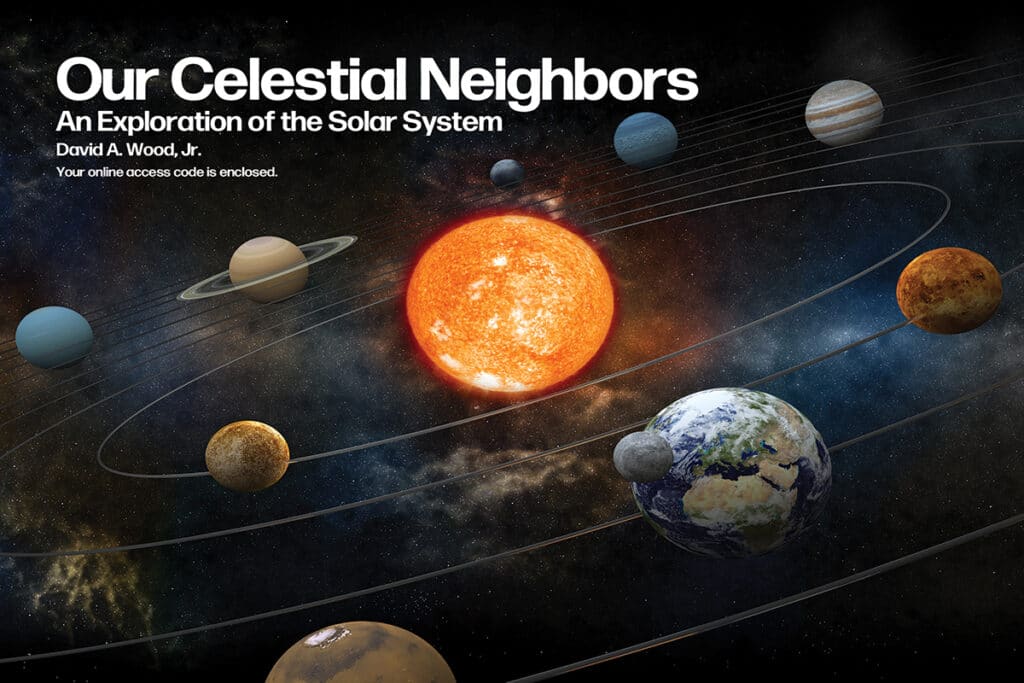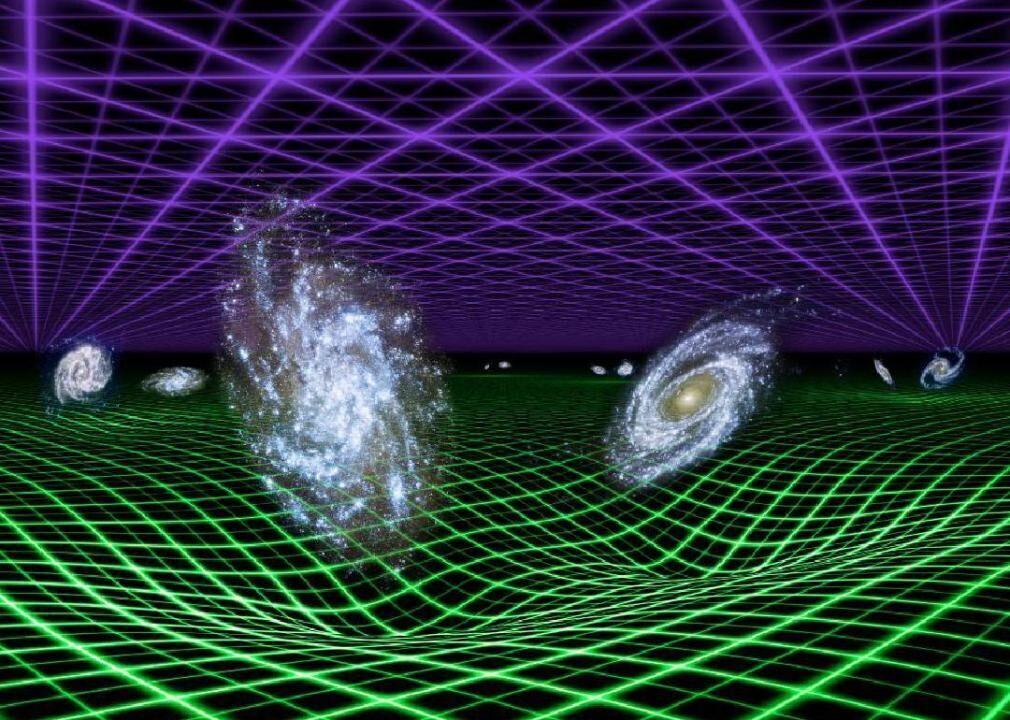Our solar system is one but many, encompassing a diverse array of celestial neighbors beyond its familiar boundaries. Join us on an exploration of these stellar companions as we venture beyond the confines of our planetary neighborhood. From neighboring star systems to distant cosmic giants, discover the captivating diversity of the celestial landscape that surrounds our own corner of the Milky Way galaxy.
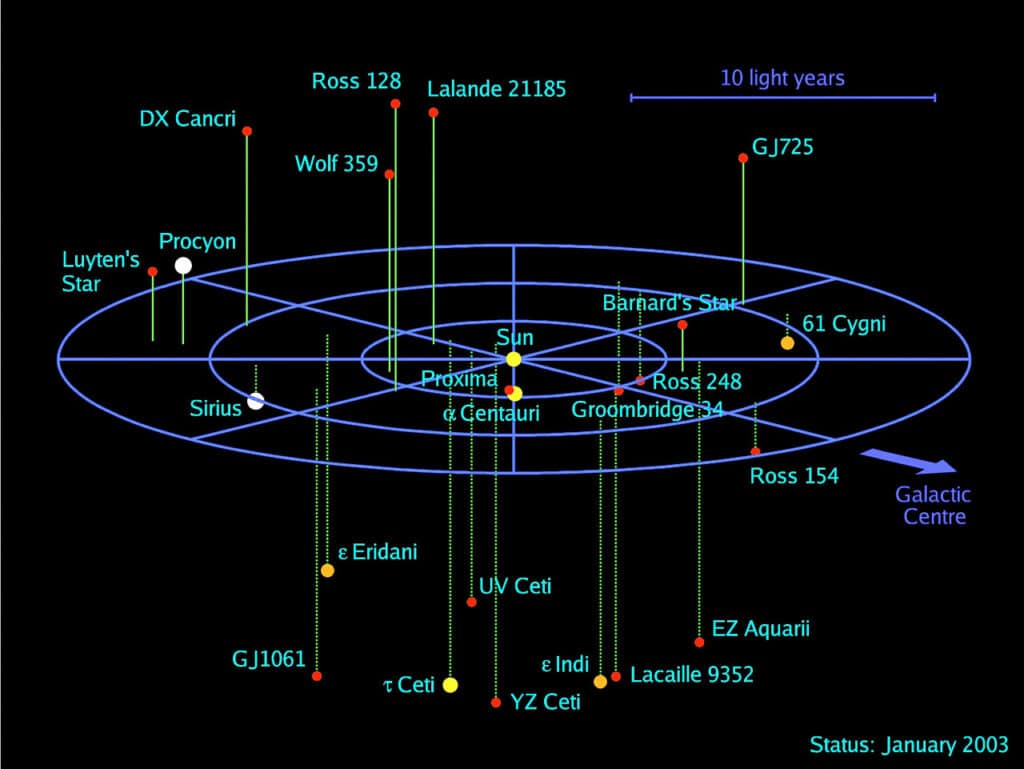
Alpha Centauri
Alpha Centauri is our closest neighbor in space, just over 4.37 light-years away. It’s actually three stars – Alpha Centauri A, Alpha Centauri B, and Proxima Centauri. Proxima Centauri is the closest to us, and it’s a tiny star compared to the other two
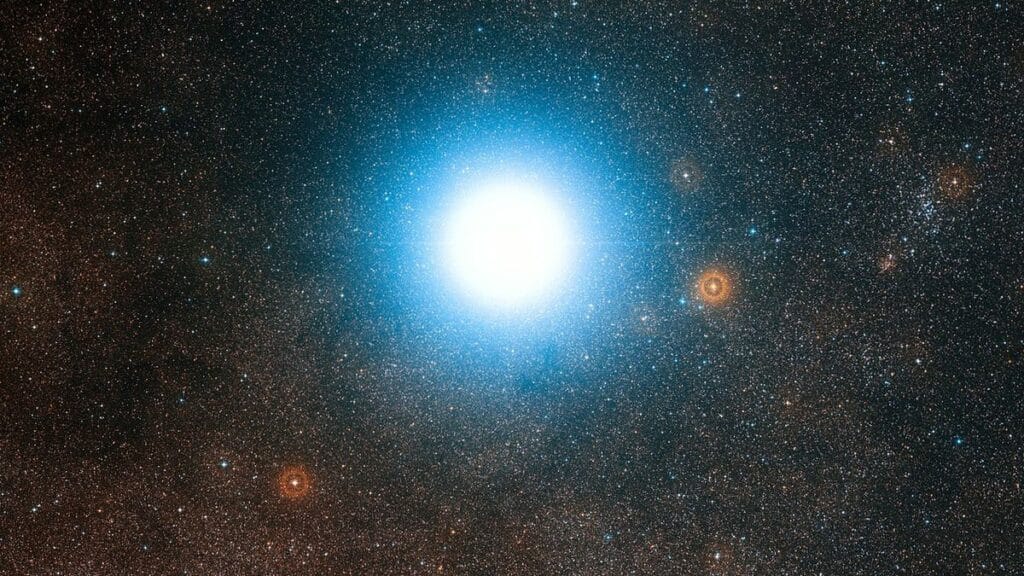
Courtesy: Constellation Guide
Scientists think there might be planets around Proxima Centauri, which is super cool because it’s so close to us. It’s like the next-door neighbor of the Sun, but it would still take thousands of years to reach it.
Proxima Centauri
Proxima Centauri, our nearest stellar neighbor, is a red dwarf star located just over 4.24 light-years away. Despite its diminutive size compared to other stars, Proxima Centauri holds significant intrigue for astronomers. It is known to have at least one confirmed exoplanet, Proxima b, located in the star’s habitable zone.

Courtesy: Sky&Telescope
This discovery has sparked interest in the potential for extraterrestrial life within our cosmic neighborhood. Proxima Centauri’s proximity to Earth, coupled with its status as the closest known star to the Sun, makes it a prime target for future studies and exploration endeavors in the quest for understanding our universe.
Barnard’s Star
Barnard’s Star, a red dwarf located about 6 light-years away, holds a special place in astronomical history. Discovered in 1916 by astronomer E.E. Barnard, it is notable for its high proper motion across the sky, making it one of the fastest-moving stars relative to Earth.
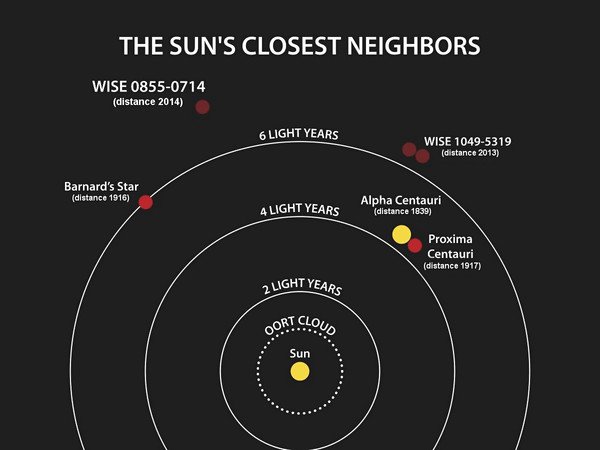
Courtesy: All About Space/Future
Despite its proximity, Barnard’s Star is too faint to be seen with the naked eye. Recent observations have suggested the possibility of an exoplanet orbiting the star, sparking interest in further exploration of this intriguing celestial neighbor.
Wolf 359
Wolf 359, located about 7.8 light-years away, is a small and dim red dwarf star in the constellation Leo. Despite its faint appearance, it holds significance in astronomy as one of the nearest stars to Earth. Due to its proximity, Wolf 359 has been extensively studied, revealing a flare activity characteristic of young red dwarfs.
Courtesy: Future
It gained further recognition in popular culture as a location of a pivotal battle in the fictional Star Trek universe. Its proximity and intriguing properties continue to captivate astronomers and enthusiasts alike.
Luhman 16
Luhman 16, discovered in 2013 by astronomer Kevin Luhman, is a binary brown dwarf system located approximately 6.5 light-years away, making it one of the nearest systems to our solar system. Brown dwarfs are substellar objects that are more massive than planets but lack sufficient mass to sustain nuclear fusion in their cores, preventing them from becoming true stars.
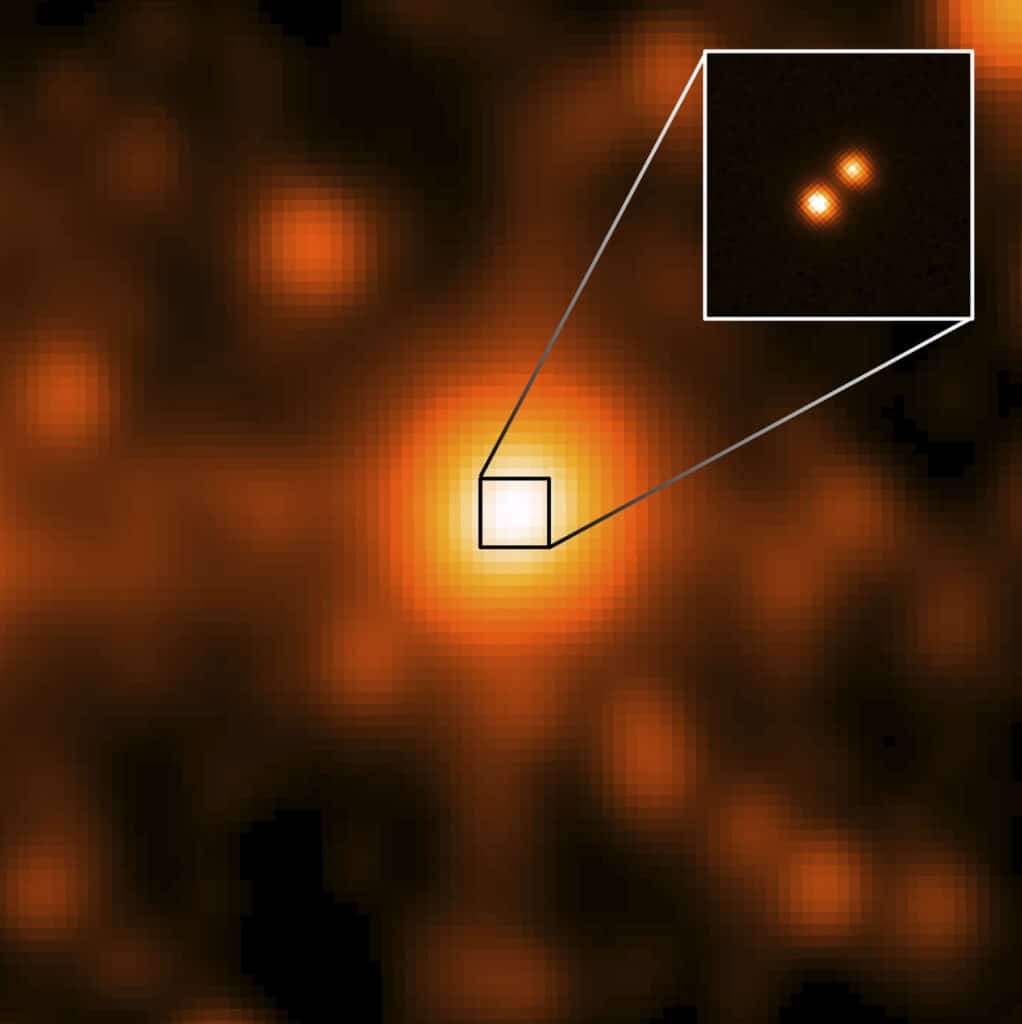
Courtesy: AVP Galaxy
Luhman 16 consists of two such objects, orbiting each other in a binary system. Studying brown dwarfs like Luhman 16 provides valuable insights into the formation and characteristics of these intriguing celestial objects.
